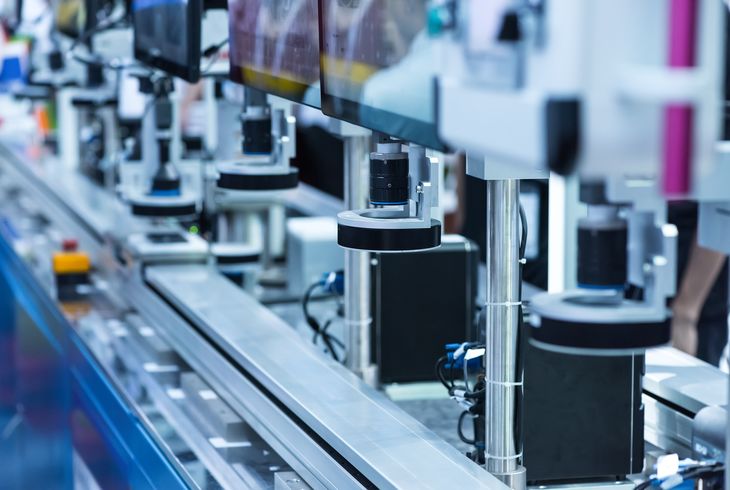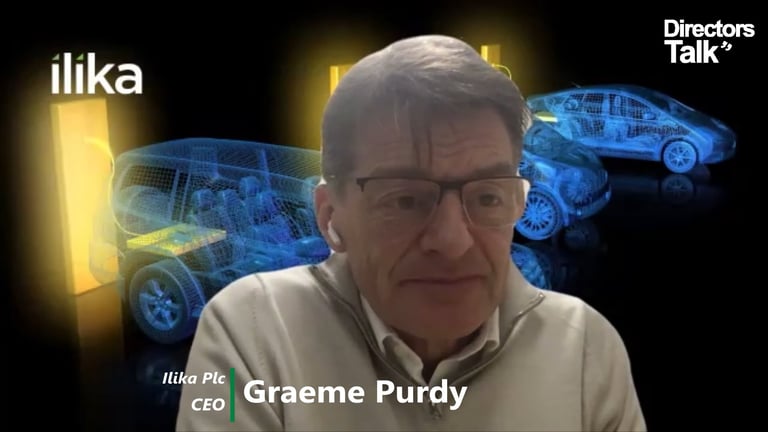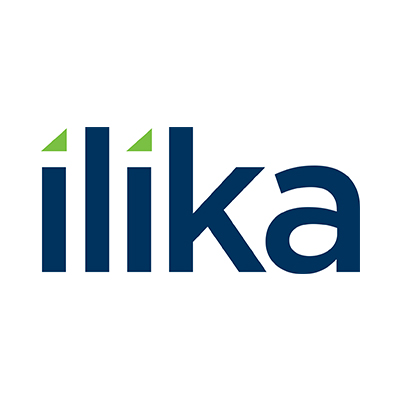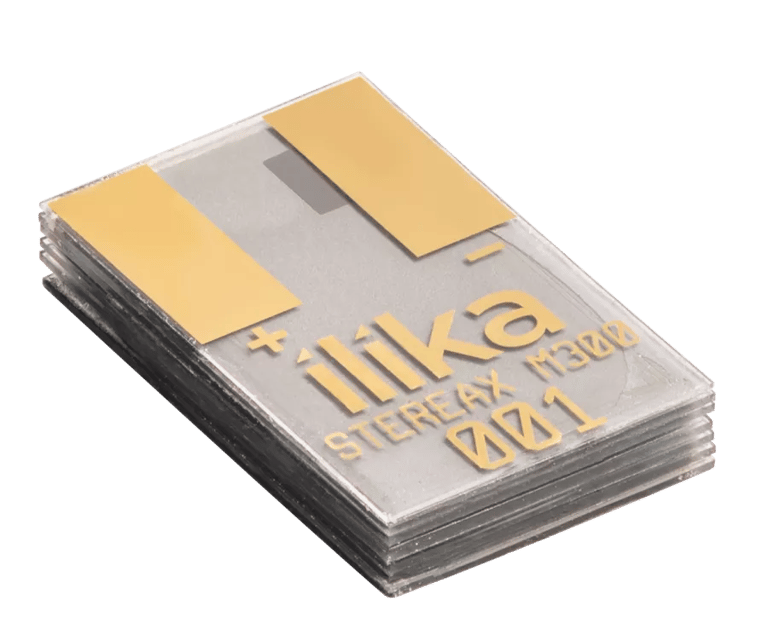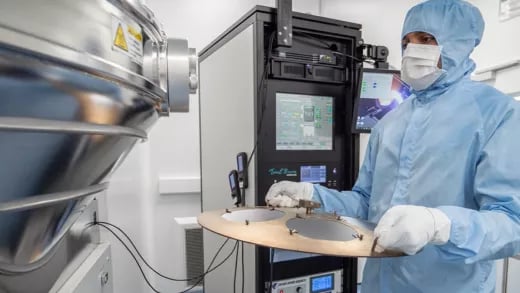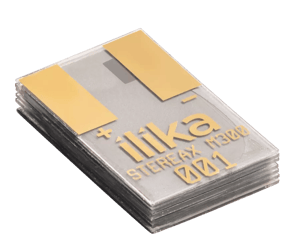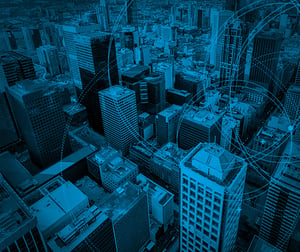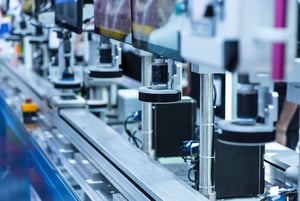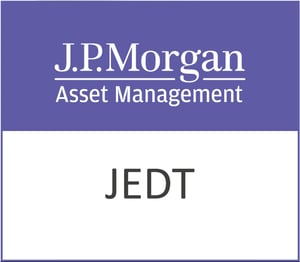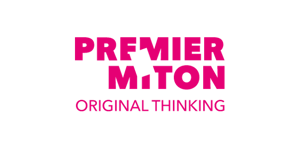Ilika plc (LON:IKA) Chief Executive Officer Graeme Purdy caught up with DirectorsTalk to discuss the progress of the new Stereax manufacturing facility, why a cleanroom is need, dealing with supply chain delays, more information on the key Tool 1 and Tool 2 equipment and maintaining a dialogue with Stereax customers.
Q1: Graeme, today you’ve provided an update to the market on the progress regarding the implementation of Ilika’s Stereax manufacturing facility. You mentioned that you’ve secured the lease on a 1,600m2 premises, how does this compare to the size of the facility housing your current Stereax pilot line?
A1: Yes, it’s quite a step up for us actually. I think the current pilot line has got a facility footprint of about 200m2 so the premises are about 8 times the size of where we currently operate. That actually gives us a much bigger set up in production capacity, the new facility will allow us to actually get a 70-fold increase in production capability by the time that’s it’s up and running.
Q2: You also mentioned the use of a cleanroom at the facility, why is that needed?
A2: Well, not all of the facility is in fact specified as a cleanroom but for some of the unit operations in the process of preparing the cells, we need to control both the humidity and the number of particles that are in the air in the rooms where we handle the wafers. In particular, we use photolithography and that process is sensitive to any dust or smaller particles that might interfere with the accuracy of the etching and therefore, we do have a cleanroom specification that we apply to make sure that the yield of the batteries is as high as possible.
Q3: You reported that your contractors are experiencing some supply chain delays for construction materials, could you just give us some examples of these and just explain how you’re managing the impact?
A3: The materials are often quite mundane things, if you imagine when you build a cleanroom, you need to put in place a whole of walls which are prefabricated panels and then quite a lot of piping associated with the specialty gases that we use in order to operate the processes. Also, there is quite a bit of ducting associated with handling the air so we extract air from the cleanroom and then we replace that with filtered air. So, actually it’s the supply of things like wall panels and ducting and stainless steel piping that is being affected, a lot of those materials are actually supplied from continental Europe.
So, we’re working together with the cleanroom contractor to make sure we set the right priorities in terms of which parts of the cleanroom should be brought on line first and making sure that we optimise the readiness of the cleanroom to start production as quickly as possible.
Q4: Are the ‘Tools’ that you mentioned, Tool 1 and Tool 2, the key items of equipment needed to make Stereax batteries?
A4: Yes, they are in fact the most expensive and also the most complex items of equipment, they’ve been on order since last year and the fabricators are making excellent progress. Both of them are very much on schedule, Tool 1 is coming from the US and Tool 2 is coming from Switzerland, and these are the bits of equipment that you actually use to deposit the active layers in the battery.
In addition, we’ve got some other equipment, particularly around the photolithography and capsulation and that’s also on order. One of those pieces of photolith equipment is already ready for dispatch to our new facility as soon as the facility is up and running and ready to accept it.
Q5: Whilst Ilika’s manufacturing facility is being completed, are you able to continue to engage with Stereax customers and to firm up commercial demand for your facility offtake?
A5: We continue to operate our pilot line so that’s continuing to make wafers of cells that we are shipping to customers and so we’re able to provide them with batteries for their prototyping activities.
Also, we’re maintaining a regular dialogue with those Stereax customers to make sure that they understand the timelines and we understand the likely volumes of offtake associated with this their applications. There’s a continuous dialogue that’s ongoing throughout this programme.


